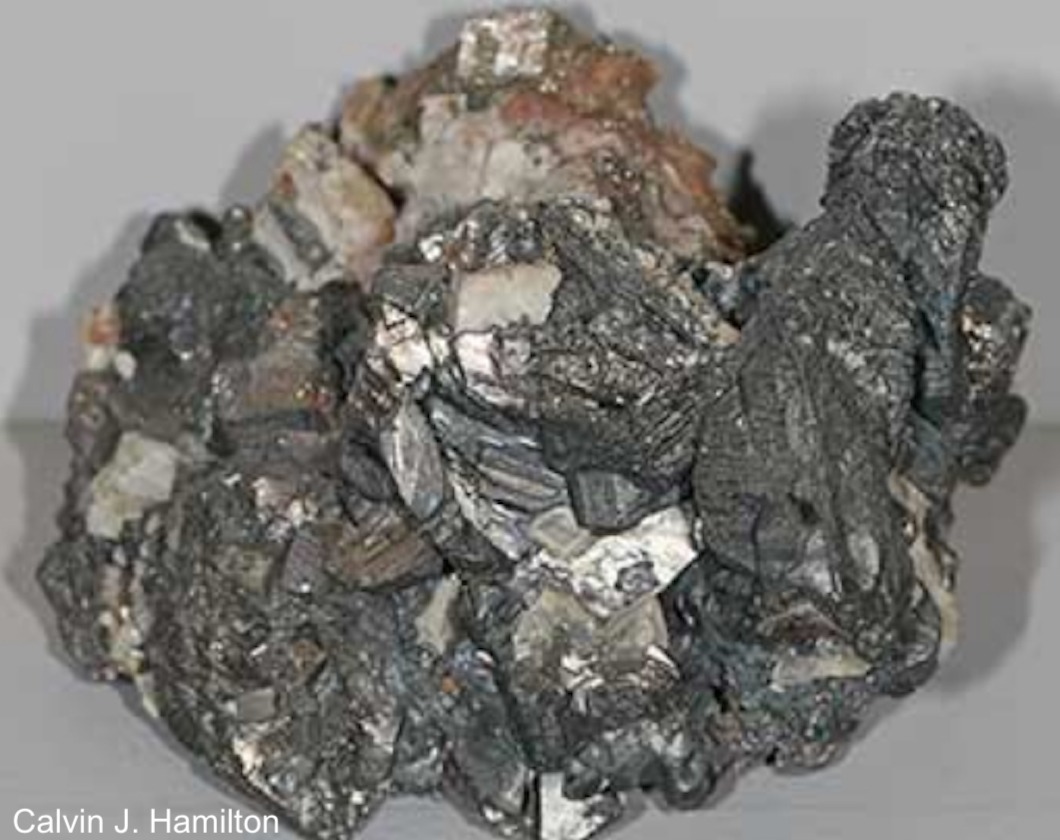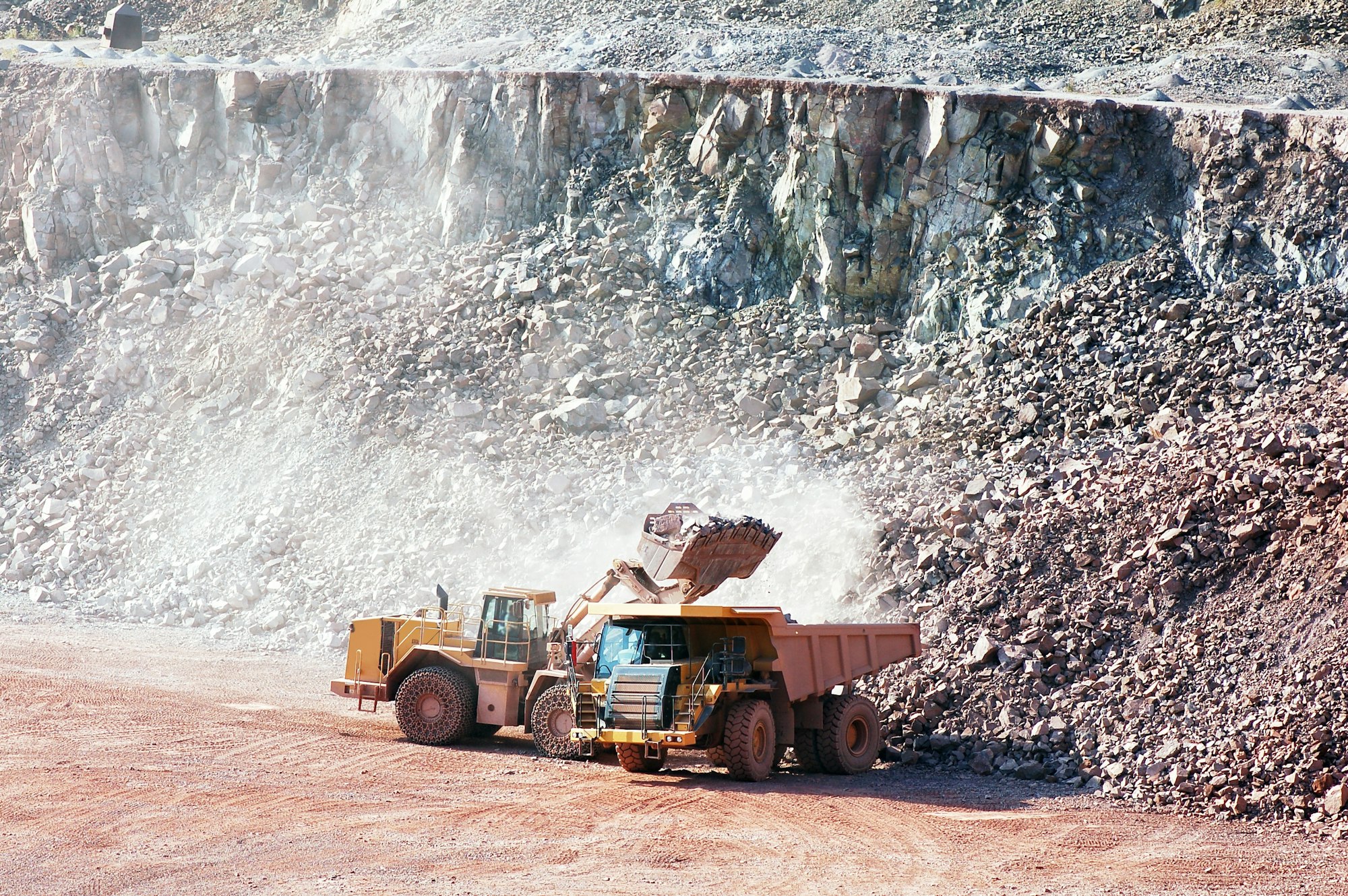Tin
About Tin
Tin is a soft, malleable, ductile and highly crystalline silvery-white metal.
Tin melts at low temperatures of about 232 °C (450 °F), the lowest in group 14.
The melting point is further lowered to 177.3 °C (351.1 °F) for 11 nm particles.
Tin is a silvery metal that characteristically has a faint yellow hue.
tin is used in many alloys, most notably tin / lead soft solders, which are typically 60% or more tin, and in the manufacture of transparent, electrically conducting films of indium tin oxide in optoelectronic applications. Another large application for tin is corrosion-resistant tin plating of steel.

Tin Uses
It takes a high polish and is used to coat other metals to prevent corrosion, such as in tin cans, which are made of tin-coated steel.
Alloys of tin are important, such as soft solder, pewter, bronze and phosphor bronze.
A niobium-tin alloy is used for superconducting magnets.
Tin salts sprayed onto glass are used to produce electrically conductive coatings.
The most important tin salt used is tin(II) chloride, which is used as a reducing agent and as a mordant for dyeing calico and silk.
Tin(IV) oxide is used for ceramics and gas sensors. Zinc stannate (Zn2SnO4) is a fire-retardant used in plastics.
Some tin compounds have been used as anti-fouling paint for ships and boats, to prevent barnacles






Locations in Egypt
Tin is mainly found in the Eastern Desert in Nuweiba, Al-Ajla, Abu Dabbab, Al-Muwailha and Zaekt al-Naeam.
See how we're transforming the industry. Get involved today!
Unlock the potential beneath the surface. Partner with us for your next mining project. Contact us today!

